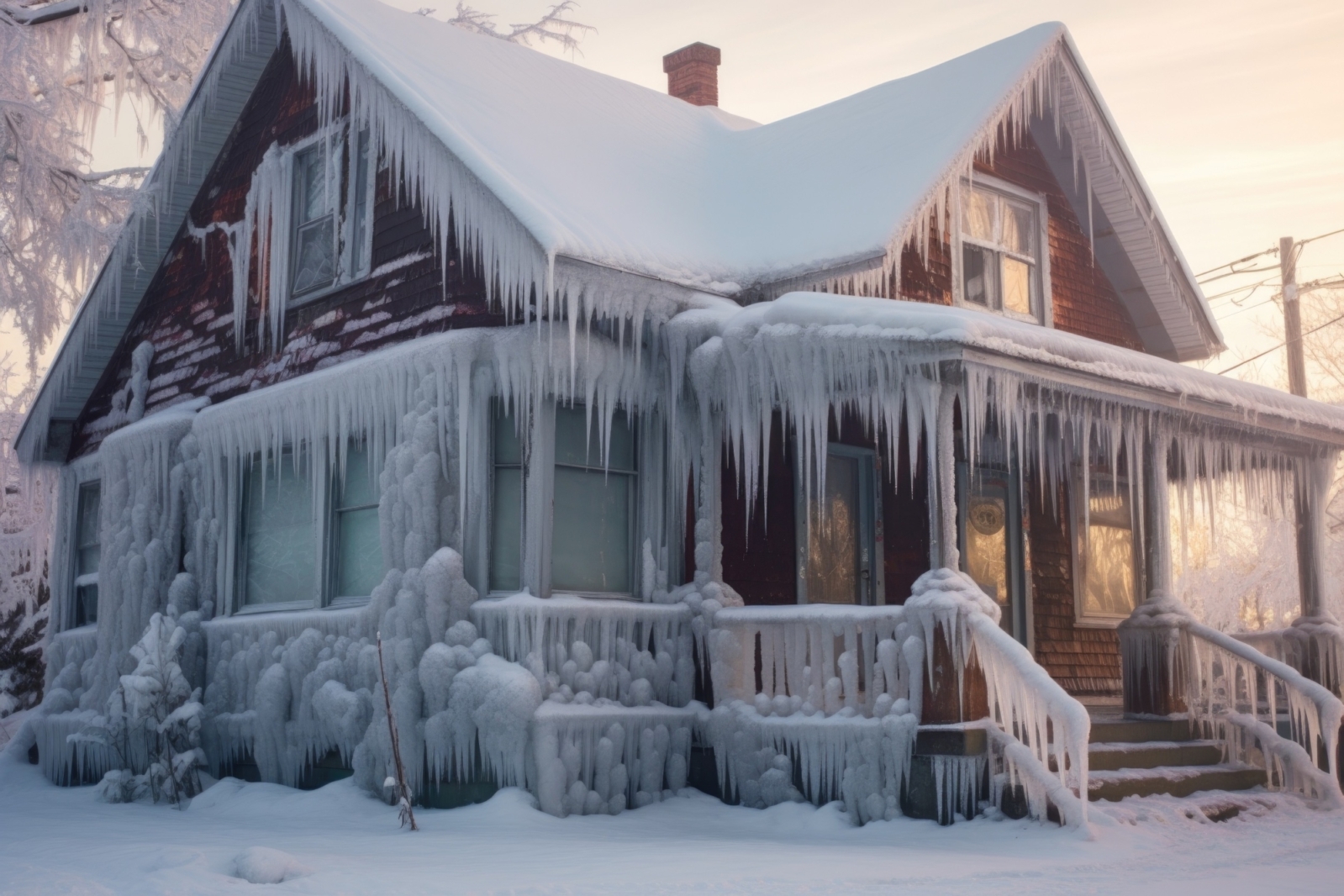Essential Winter Preparation: Protecting Your Home from Extreme Cold

As the temperatures drop and winter approaches, it’s crucial to ensure that your home is well-prepared to withstand the harsh conditions that come with extreme cold.
From preventing frozen pipes to optimizing heating efficiency, taking proactive steps can make a significant difference in safeguarding your home and maintaining a comfortable living environment during the coldest months of the year.
Understanding the Risks
Before diving into the preparations, it's essential to comprehend the potential risks associated with extreme cold weather. Some of the most common issues homeowners face include frozen pipes, drafts, increased heating bills, and potential damage to the property's structure due to snow and ice.
Insulation Is Key
Proper insulation is one of the fundamental elements in keeping your home warm and energy-efficient during winter. Inspect your home for any gaps or areas that might need additional insulation.
Focus on spaces like attics, crawl spaces, and walls. Consider using weather stripping around doors and windows to prevent cold air drafts from entering your home.
Protecting Pipes
Frozen pipes are a significant concern during winter as they can lead to extensive damage and costly repairs. To prevent this, insulate exposed pipes, especially those in unheated areas like the attic or basement.
Consider using pipe sleeves or heat tape for added protection. Letting faucets drip slightly during extremely cold nights can also help prevent pipes from freezing.
Heating System Maintenance
Ensure your heating system is in optimal condition before the cold sets in. Schedule a professional inspection and maintenance service for your furnace or heating system. Replace filters regularly to maximize efficiency and improve indoor air quality.
Additionally, if you have a fireplace or wood stove, inspect and clean them thoroughly, ensuring proper ventilation and safety.
Check and Seal Windows and Doors
Inspect the seals and caulking around windows and doors for any gaps or cracks that may allow cold air to infiltrate. Replace or repair damaged seals and consider using insulating window film to reduce heat loss. Installing storm windows and doors can also provide an extra layer of protection against the cold.
Roof and Gutters Maintenance
Inspect your roof for any damaged or missing shingles that could lead to leaks when snow and ice accumulate. Clean out gutters and downspouts to prevent ice dams, which can cause water to back up and seep into your home. Trim overhanging tree branches that could potentially fall onto the roof during a winter storm.
Prepare Emergency Supplies
Be ready for any unexpected winter emergencies by stocking up on essential supplies. Create an emergency kit that includes items such as extra blankets, flashlights, batteries, non-perishable food, water, and a first aid kit. Also, have a backup power source such as a generator in case of power outages.
Outdoor Preparations
Don’t overlook the exterior of your home. Drain and store garden hoses, and shut off exterior water sources to prevent freezing. Consider insulating outdoor faucets and wrap them with covers designed for winter protection. Clear driveways and walkways of debris and apply salt or sand to prevent slips and falls.
Plan for Snow Removal
Have a plan in place for snow removal to ensure easy access in and out of your home. Invest in a sturdy snow shovel or consider a snow blower for larger areas. Arrange for professional snow removal services if needed, especially for large driveways or if you have mobility issues.
Stay Informed and Be Ready to Act
Stay updated with weather forecasts and warnings throughout the winter season. Be prepared to take action if severe weather conditions are predicted. Have a family emergency plan in place, including communication strategies and meeting points in case of evacuation or emergencies.
Install and Inspect Smoke and Carbon Monoxide Detectors
The risk of house fires and carbon monoxide poisoning can increase in winter due to the use of heaters and fireplaces. Ensure smoke and carbon monoxide detectors are installed on every floor of the house and near bedrooms. Regularly test these devices and replace batteries as needed.
Regularly Check Roof and Gutters
Heavy snowfall can cause roofs to collapse, and blocked gutters can lead to water damage. Regularly inspect your roof for signs of stress and clean your gutters to allow for proper drainage. If your area experiences significant snowfall, consider hiring a professional to remove snow from your roof to prevent structural damage.
By taking these steps, you can better protect your home and your loved ones from the dangers of extreme cold and ensure a safe and comfortable winter season.
Bringing it Home
Preparing your home for extreme cold requires foresight, diligence, and attention to detail. By taking proactive measures to insulate, maintain heating systems, protect pipes, and stock emergency supplies, you can minimize the risks and ensure a safer, warmer, and more comfortable living space during the winter months.
Remember, early preparation is key to effectively weathering the cold and enjoying a cozy home throughout the season.
NDS Is Ready to Help
If you've been affected by extreme winter weather and need assistance, NDS Recovery is here to help. Our team is equipped to handle a variety of disaster recovery needs, from property damage to emergency supplies and resources.
Don't face the aftermath of a winter storm alone - Contact Us today to get the help you need.

